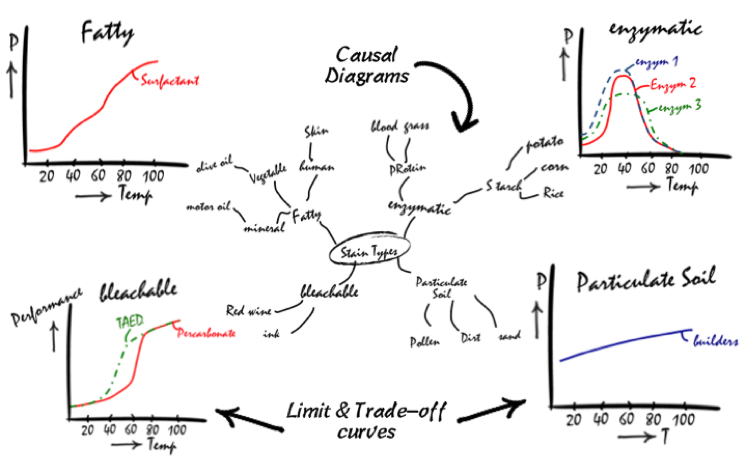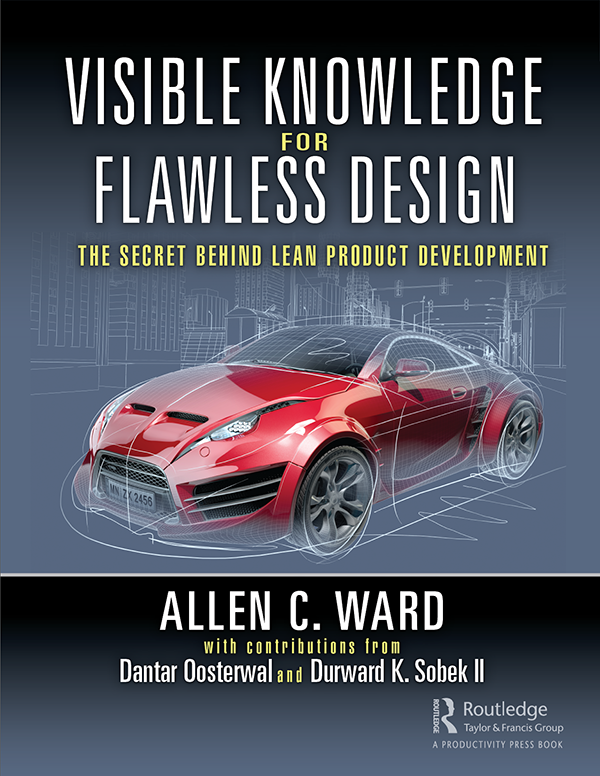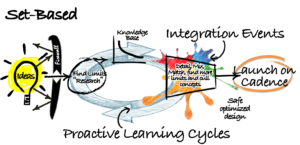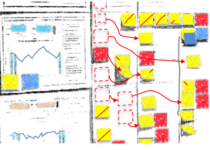Visible Knowledge
The ability for a development system to reliably deliver projects on time and to budget effectively and efficiently requires a means for building and capturing reusable knowledge. Visible knowledge is the fundamental backbone of knowledge based development systems.

Causal Diagrams and Limit & Trade-off curves
What makes visible knowledge so transformative is that it changes the design process from “try something” and see how it works to understanding the physics and economics of a design concept as it relates to your customer needs first, before committing to a particular design. In other words, the process becomes knowledge-based or knowledge-driven versus iterative. By using techniques to make knowledge visible, many benefits result, such as: deeper technical expertise acquired more quickly and shared across projects, efficiently identifying feasible regions of the design space, effective communication of technical information to non-experts, and improved cross-functional collaboration. Together, these result in quicker, more reliable decision-making which, in turn, results in better designs delivered faster, more economically and with greater predictability – in short, more effective and more reliable product development.
The basic concept can be summarized in four steps:




Assemble data about a set or family of products (or manufacturing processes or suppliers or…) This is often initiated through the means of a causal diagram to establish interdependencies and focus the efforts.
Find a combination of variables that makes sense out of the data. The combination of factors may not be a standard equation, but together represent a logical representation of the variables involved and identify a correlation between input (independent) variables and output factors (resultant variables).
Show the data visually, so that we can see the limit between the safe and infeasible regions, or the trade-off of the output change as a function of input variables.
Pick a design solution in the safe region that optimizes the trade-off variables.
Questions to Consider:
-
How is knowledge created and captured?
-
How much knowledge is reused on a project?
-
How often are development teams surprised by last minute issues, problems and rework?
-
Is it clear how close designs are to the infeasible region?
-
Do design efforts move along curves and does research work to shift curves?
-
Do all design efforts draw from existing knowledge and contribute to new knowledge?



